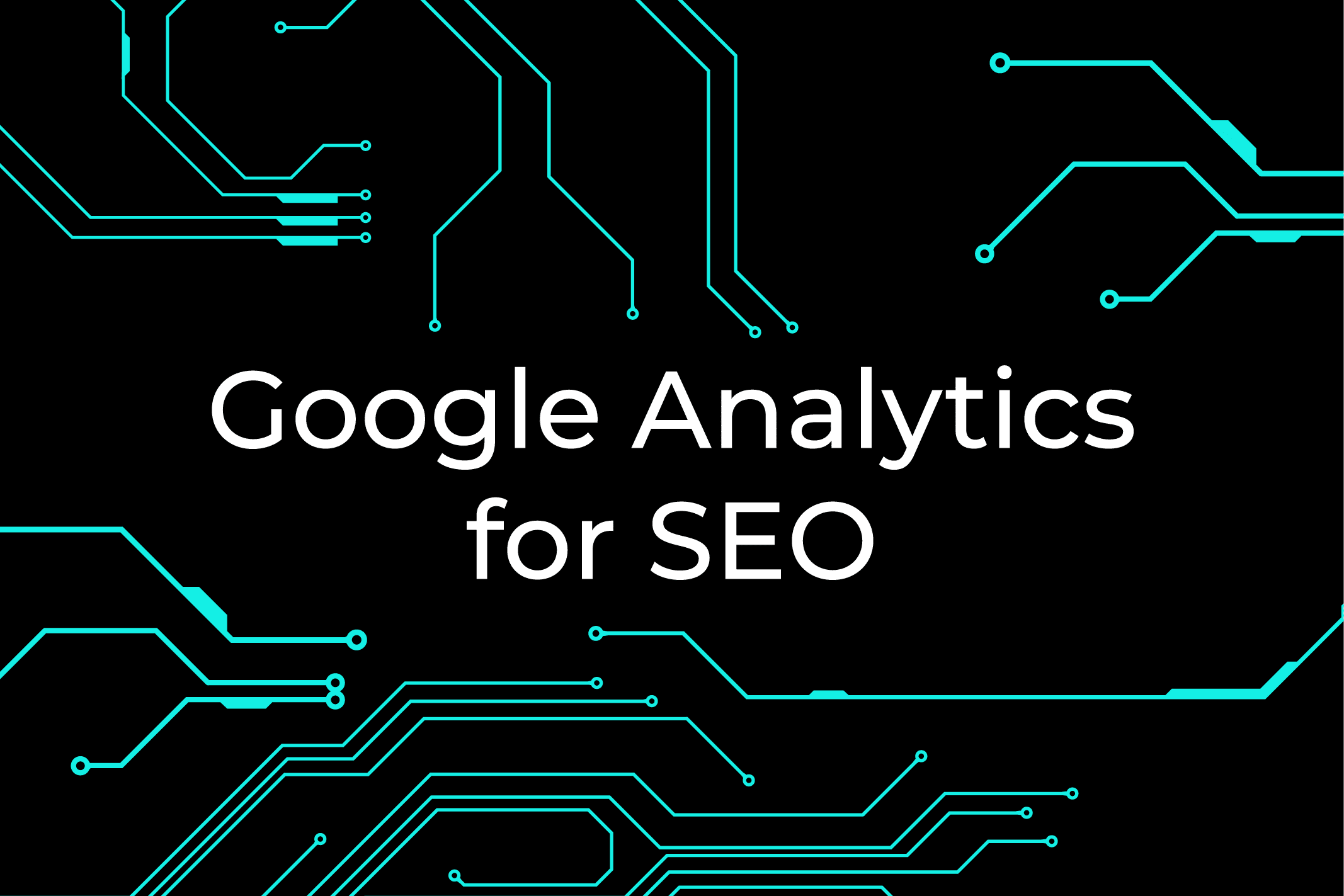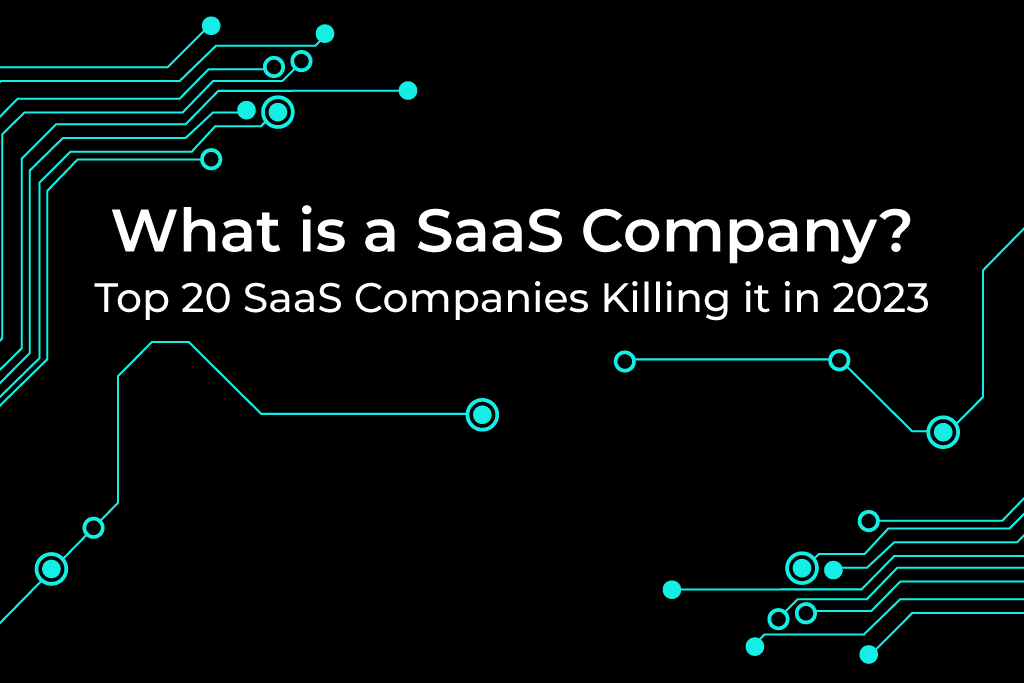Enterprise pricing: How to set your enterprise SaaS pricing to increase growth
SaaS pricing can be tricky to get right, and is definitely not something that should remain static. Starting out, you may be targeting SMBs, but as you grow you’re likely to need to develop enterprise pricing to suit much larger target companies.
There are lots of different considerations when it comes to setting prices for enterprise-level products and services. We’re going to help you come to terms with these and learn everything else you need to know along the way.
Skip ahead, if you like:
- What is enterprise SaaS?
- What is enterprise SaaS pricing?
- The importance of a pricing strategy
- What is a good pricing strategy?
- 7 most used enterprise SaaS pricing models
- How do you price an SaaS model?
- How to determine which Enterprise SaaS pricing model is best for you
- Use content marketing to promote your enterprise SaaS
What is enterprise SaaS?
SaaS stands for “software as a service”, which means that a company effectively rents the software on an on-demand basis. It is hosted via a centralized platform in the cloud and can be accessed from any device with an internet connection.
Traditionally, enterprise software (that is, software aimed at large, established organizations) was purchased outright by a company and installed on its servers and computers. But now, vendors have combined the two concepts to offer feature-rich, reliable enterprise software in a SaaS model.
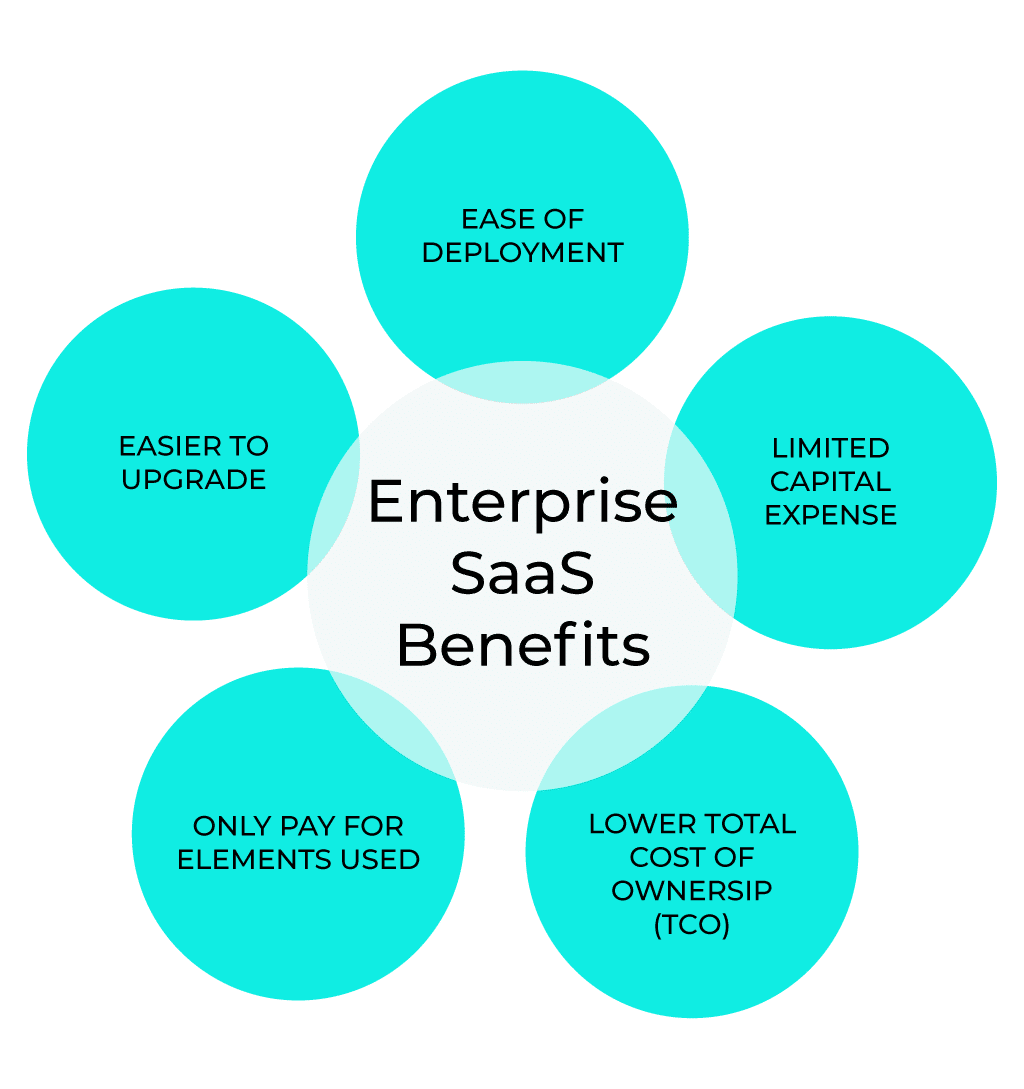
Enterprise SaaS is more expensive than SaaS for SMBs, since it’s used by so many employees and has the latest smart features such as automation, real-time messaging, and SSO authentication. But it enables businesses to offer their enterprise customers more (and therefore charge them more).
There are lots of advantages to enterprise SaaS, which you can describe to customers in your content marketing. There’s the ease of deployment, limited capital expense, and lower total cost of ownership (TCO). Customers just pay for the elements they use, when they use them.
It’s easy to upgrade to new features without affecting the existing tech stack, and enterprise SaaS applications make it simple to configure interfaces for maximum convenience. Enterprise SaaS also allows employees to communicate and collaborate successfully, which is vital for remote workers.
The growth of cloud-based and hosted software services shows no sign of slowing, and enterprise customers are proving just as keen on this model as their smaller counterparts. They may do big business, but they still appreciate value for money!
Book a Consultation
What is enterprise SaaS pricing?
Enterprise SaaS pricing is basically the price you charge to your enterprise customers for delivery of your top-level SaaS services. It’s common to set this as 10x your current prices, but there are several factors that should be considered before making that decision.
Most companies actually start out by pricing too low, not too high. They do this to gain a foothold in the market and attract new users. But pricing can often be a secondary concern—once it’s fixed, it’s forgotten about. Even when it becomes apparent that people are willing to pay, many firms still fail to raise prices.
That’s usually because they’re afraid that customers will turn their noses up at a price hike. It seems safer to retain existing clients by holding on to low prices. But if you want to attract enterprise prospects, higher pricing will communicate your product’s value.

Plus, we all know that prices go up. Year on year, we pay more for everything from a tank of gas to a loaf of bread, so nobody will be surprised to see a small increase. You just need to prove your product is worth it, in terms of value to the customer.
That said, your potential enterprise clients won’t agree to pay more just because they have the budget (and you shouldn’t expect them to!). You have to show that you can meet their high expectations of things like support, uptime, and security of customer data, as well as selling the product itself. The long and short of it is that to command an enterprise price, you need to offer enterprise-level products or services.
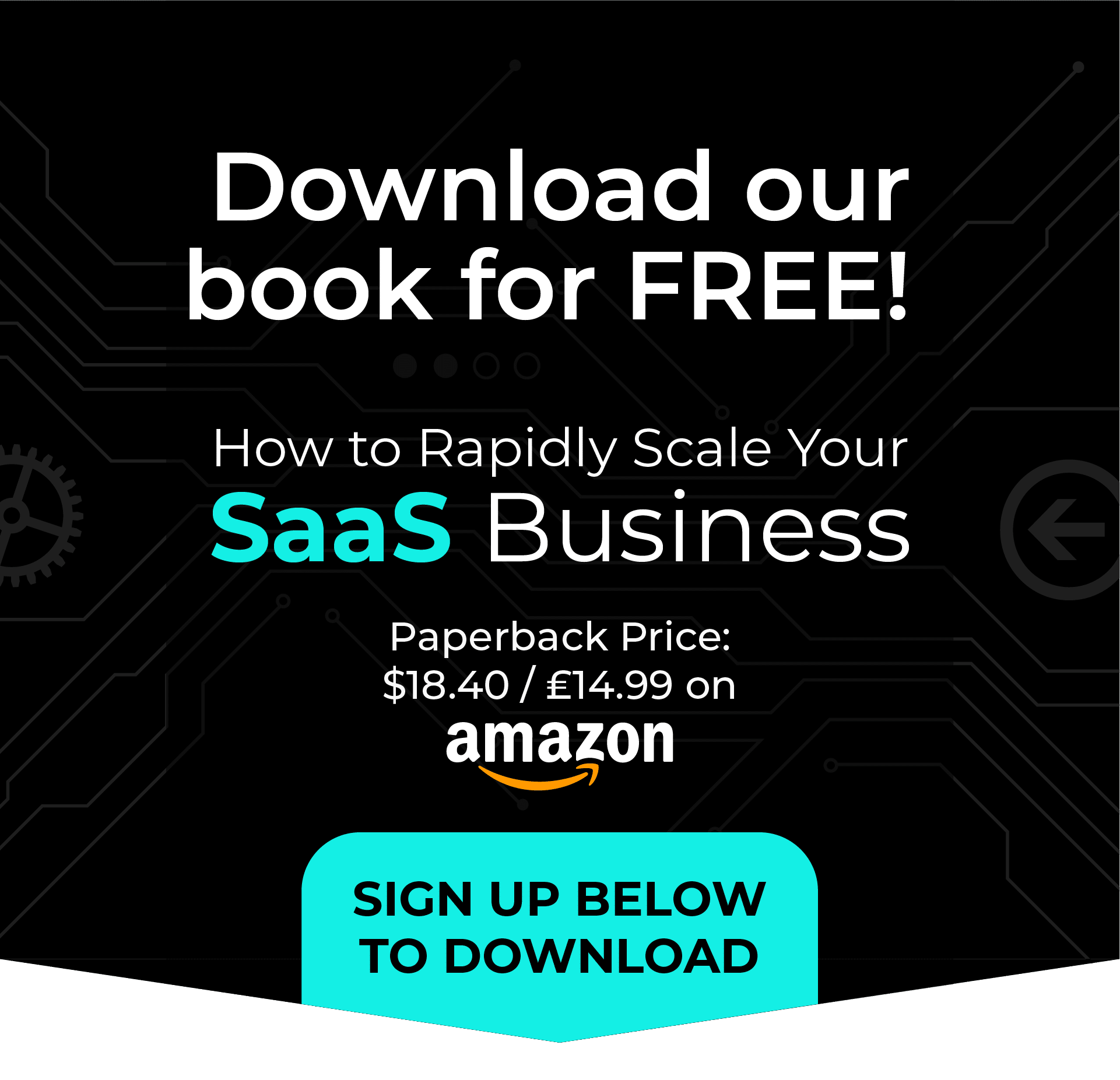
The importance of a pricing strategy
As we mentioned earlier, most SaaS companies start out in the SMB market because they can concentrate on smaller customers with lesser needs. Because your products are priced low, you benefit from low-friction conversions and low acquisition costs, and the common self-service model requires no sales team.
The downside is that you get lower Average Revenue Per User (ARPU) and lower Lifetime Value (LTV). Large enterprise customers, however, should bring you more revenue per user—as long as you have the right pricing strategy in place.
You need to think about the kind of customer you want to attract, and what they’ll be willing to pay,but also about your own budgets (your SaaS marketing budget, operational budget, etc.). High ARPU customers provide greater revenue and growth opportunities, so it’s worth bearing the increased costs of acquisition, a high-touch sales model, and excellent customer support.
When you’re dealing with enterprise customers, you’ll start to focus on selling a solution rather than just a product. Show the customer that your solution is indispensable to them, and can help them fix a persistent problem—that’s got to be worth pricing at enterprise levels.

Communicating your pricing strategy (and its value) to potential customers is crucial to your success in this market. You’ll need to spend money on your SaaS marketing, so this should be factored into your enterprise pricing model.
You can also use specialist software to automate things like price optimization, data analysis, and customer support—such as Prisync, Omnia Dynamic Pricing, and Microsoft Dynamics CRM. Some providers also offer downloadable templates you can use to identify the best strategy for your business.
Interacting with enterprise customers will help you identify their specific business needs in order to evolve your pricing. Once you begin to offer enterprise pricing on your site, customers can compare it with your regular price list and recognize that this service is a cut above.
What is a good pricing strategy?
There are plenty of pricing strategies to choose from. The one you go for will depend on your business and the customers you’re trying to attract. In all cases, enterprise SaaS prices need to demonstrate the value your product can provide across the customer’s entire organization.
It’s well worth doing some research to find out what your potential customers want from a SaaS solution. Are there any particular pain points experienced by the company? Can you demonstrate that a particular feature will help? Can you offer them something uniquely valuable?
Your research should also include competitors. While you don’t want to get into copycat pricing, it will give you a good overview of the prices charged by those already in the enterprise SaaS growth game. It’s crucial that you avoid going way higher or lower than the average price.
Your pricing strategy obviously depends on your budget, too—if certain features or services cost you a lot to deliver, make sure you charge accordingly. Don’t be tempted to give away too much for free, or you’ll find it harder to increase prices in the future.
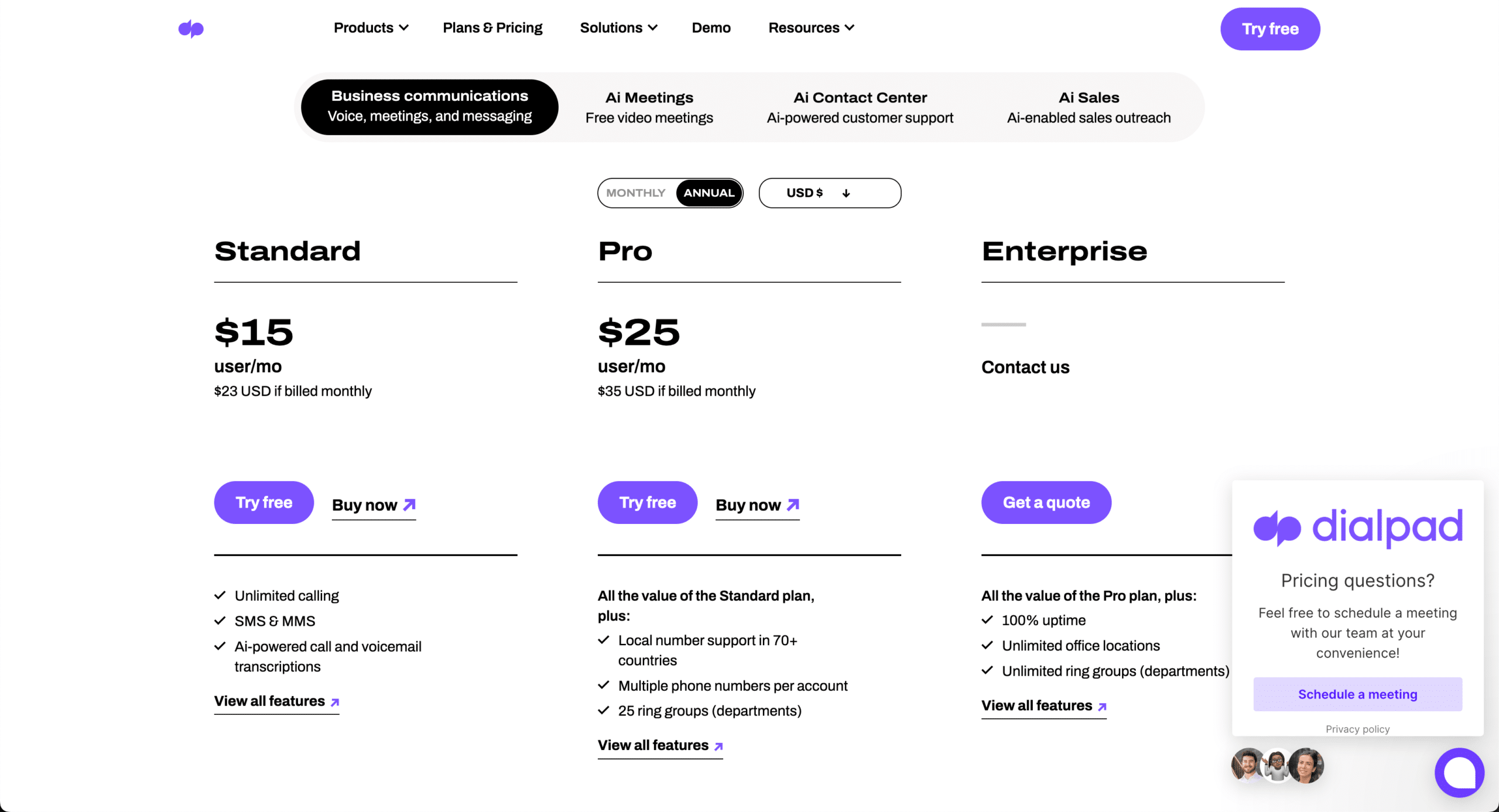
Rather than setting a fixed price for enterprise SaaS, you could consider using custom pricing to give customers a bespoke solution (like the above example from Dialpad). Even if you do use a set price, hiding the actual cost behind a “contact sales for prices” button will highlight the product’s value and make it seem exclusive.
Have them click through to a dedicated landing page, with messaging and design that’s relevant to high-value customers. Instead of a standard contact form, give them the opportunity to detail what they’re looking for—and add a phone number for those who prefer to call.
You could encourage them to sign up for a free trial while they wait for someone from the sales team to contact them. Or offer a demo to let them play around with the product and share it with their team to see if it’s right for them (which hopefully it will be, since you’ve made it so awesome!)
7 Most used enterprise software pricing models
There are so many enterprise software pricing strategies and tactics available that it can be hard to know where to begin. That’s why we’ve done the hard work for you—here’s a list of the most popular pricing models for enterprise SaaS:
Flat-rate pricing
Flat rates are as simple as enterprise SaaS pricing models get. You just offer a single product at a single set price, usually billed per month. It comes with a fixed set of features—no swapsies, no add-ons, what you see is what you get.
The main advantage is that flat-rate pricing is super-easy to understand, both for your sales team and your customers. You’re selling a single, clearly-defined offer, with no room for flexibility. There are no complicated bills where you have to work out who used what feature and when.

The drawback is that this only lets you cater for one type of customer or persona, and that means you could miss out on other prospects. If you go for a relatively low price, enterprise customers may perceive the product as low-value. But if you settle on a high cost, you’re freezing out smaller businesses who can’t quite afford it.
If you’re aiming solely for the enterprise market, fine—but do you really want to cut off other potential revenue streams?
The lack of flexibility in flat-rate pricing basically means that customers either want the package, or they don’t. You have no opportunity to entice them with extra features or offers. And these days, people expect you to be flexible—especially enterprise customers.
Usage-based pricing
Usage-based pricing is also known as pay-as-you-go, where customers pay only for the service elements they actually use. If you use more, you pay more. A SaaS company could charge per gigabytes of data used, number of APIs requested, or number of social media posts.
The benefit is that it’s a fair pricing strategy, and that appeals to most customers. If they hardly used the service in a given month, why should they have to pay the same as a high-usage month? Charging per use lets customers know you’re not trying to fleece them, and that you understand their evolving needs.
You can market it as a plan that grows with the business, as there are no high up-front costs and prices will only increase with extra usage. Another upside is that it allows you to gain revenue from particularly heavy users, which isn’t possible with a fixed package.
Overall, though, it’s harder to predict revenue with a usage-based model. Billing amounts will vary, which makes it harder for you to make accurate forecasts (and harder for your customers to keep track of their spending).

Tiered pricing
This is the model used by most SaaS companies. It enables you to offer several different packages, each with a different set of features and a different per-user price point. You can offer as many tiers as you want, but it’s standard to offer three or four (low, medium, and high price points).
Tiered pricing helps you tailor packages to suit different buyer personas, which means you’ll have broader appeal—you can expand your reach to include enterprise customers without losing your SMBs. The tiers show clearly what’s included, so everyone knows what’s what.
You can target growing businesses with tiered pricing, as there’s a clear opportunity for upselling (with the top tier being the “ask for prices” enterprise level). But it can be tricky to decide which features go in which tier, and some customers may fall down the gap between them.
Giving too much choice could also lead to an abandoned sale, so it’s best to offer a small selection and a clear comparison chart. One potential flaw is that top-tier users often exceed their allocated service usage, but there’s no way of charging them extra.
Pro tip: When it comes to pricing enterprise software, don’t put the Enterprise plan in the pricing comparison chart. You want it to stand out from the other options, so use a separate pricing page or ask customers to get in touch for a bespoke solution.
Per-user pricing
This is another option that offers max simplicity. When a single user signs up to your service, they pay a fixed monthly price. When they add a second user, the price doubles (and trebles for a third user, and so on). The per-use price stays the same, no matter how many users are added—making onboarding super-simple.
It’s easy for users to understand what they’re getting from their subscription, and for potential customers to calculate monthly costs. Per-user pricing also makes life easier for your sales team, and helps you to make accurate revenue predictions.
The good news is that your revenue will increase with the number of users, so if you can market this model successfully, you’ll be rewarded. The bad news is that people like to get something for nothing, so they’ll do things like sharing a single login to avoid adding new users. And small teams are more likely to churn.
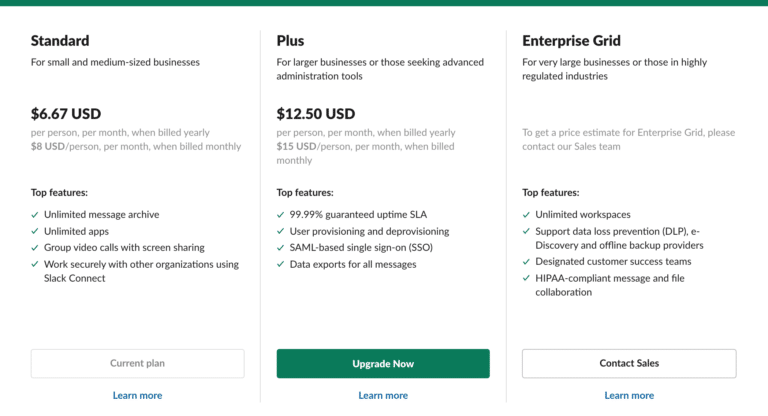
Per-active user pricing
Active-user pricing is a variation of the per-user strategy. Customers can add as many users as they want, but they’ll only be charged when someone actually uses the software. This means no money is wasted.
If you are selling SaaS to an enterprise company, you obviously want to encourage as much adoption as possible. If a business pays for a bunch of employees up-front, they have no guarantee that those employees will use the software—but active-user pricing lets them take the risk of a company-wide roll-out.
On the flipside, if an organization only has small teams, then per-active user pricing does not offer so much of an incentive.

Per-feature pricing
Per-feature pricing is similar to tiered pricing, but instead of charging per user, you charge for the different features within each tier. The higher-priced packages are associated with a more significant number of features—the aim being to encourage people to upgrade in order to “unlock” extra functionality.
When you’re selling to enterprise customers, it’s worth thinking about the features they’ll need and putting these in the top tier. For example: advanced analytics and reporting, unlimited third-party integrations with apps like Salesforce, and opportunities for global collaboration.
Also, some of your features may take extra resources to deliver, so put these in the top-priced packages, too. Use your content marketing to explain what’s included in each tier and show customers your product’s effectiveness and value. This will help you justify the higher price of the top tiers.
Take your time deciding what goes where, as getting the balance wrong can put people off. Ensure the essential features are common to all tiers, increase the number of features incrementally, and limit the really good stuff to the top level so that it feels exclusive.

Freemium pricing
Freemium products are free to use, with the option of upgrading to one of the company’s paid tiers. They have limitations based on features, capacity, and usage—so if you want to unlock certain features, you need to pay. For example, an upgrade might enable access to a mobile app for iOS and Android, instead of just a desktop app.
On the face of it, freemium pricing appeals mainly to startups or nonprofits with limited budgets, who love seeing the words “zero USD”. But you can market it to enterprise customers too, because it allows them to try your product and see how great it is. Once you’ve got a foot in the door, you can get in touch to talk upgrades and bespoke packages.
The risk is that freemium pricing can actually prove too popular—you don’t want everybody using it, and nobody buying the paid packages! It’s also easier for customers to churn on a free service when they don’t even have to give credit card details. And it can devalue your core service, with enterprise customers seeing freemium packages as downmarket.
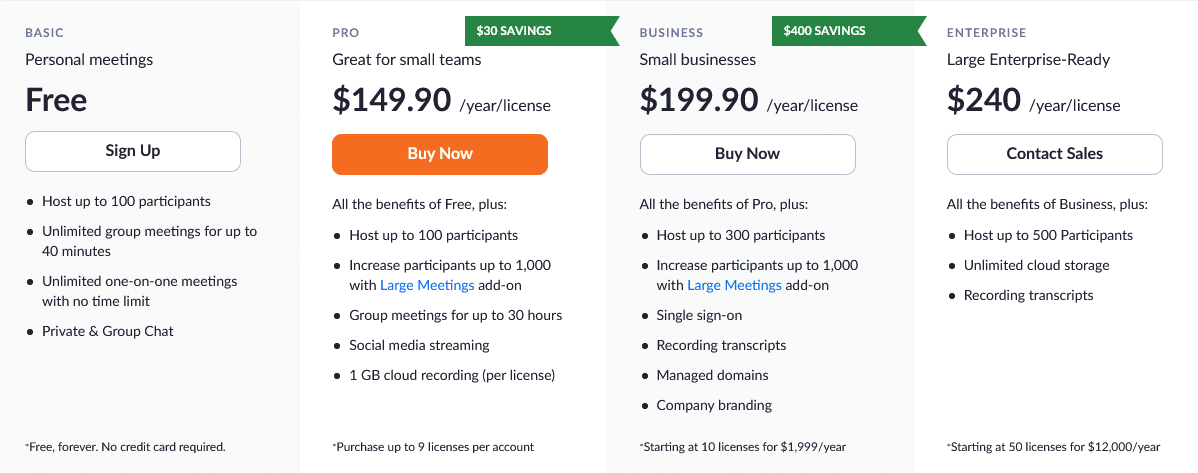
How do you price a SaaS model?
The first thing to do is to analyze your business model and ask what you want to achieve from enterprise SaaS pricing. Who are your target customers, and how much would they be willing to pay? Think about how you’re going to position your product: what is your unique selling point or competitive advantage and how are you going to define prestige pricing?
Look at your budget and work out how much revenue you need to stay profitable. Consider the ROI for your marketing campaign—how many high-value customers will you need to attract in order to cover costs? What is the customer lifecycle? How does your enterprise SEO strategy align with any pricing decisions?
With enterprise customers, it’s important to charge based on value (actual and perceived). Why should they choose your service over anyone else’s? How will your product help them simplify large workflows? A targeted marketing campaign will help you demonstrate your product’s value to a specific set of customers.
Gaining insights into your existing customers can help, but you can also test the water for potential customers by experimenting with price, and testing prices behind the scenes. Learn what would-be customers need, and try out a quote on them. Don’t be afraid to start high—you may find that they’re happy to pay, and if not, then at least you’ve got somewhere to go.
The main thing with SaaS pricing is to keep it simple. We’ll look at how to choose a pricing model in the next section, but you should always provide clarity on features, limitations, and billing.
Pro tip: When you change your pricing, remember to update your incentive schemes for marketing and sales teams to ensure motivation.

How to determine which Enterprise SaaS pricing model is best for you
There are many different factors involved in deciding which pricing model to use, from budget constraints to customer personas to competitor pricing. We can’t tell you which one is best for you (sorry!) but we can share a few tips.
Do your research
First, do your research. Get feedback from existing customers, and reach out to new ones with surveys, focus groups, and trial offers. Find out what potential enterprise customers would expect from your pricing, and what would put them off.
Tiered pricing is a sound bet for most SaaS companies, as it divides your features and services into clear packages. Beware of offering too much choice—it’s sensible to go for low, medium, and high, with the option to add a freemium plan at one end of the scale, plus an enterprise tier at the other.
Usage-based or per-active user pricing models are also popular, as customers appreciate the inherent fairness of only paying for what they use. This is also a good way to get customers to sign up and add extra users as they get to know your business.
Match your price structure with your target
However, choosing a model with upfront payments can bring the most benefit to a SaaS company—otherwise, you’ll have to pay for things like marketing in advance before receiving a positive cash flow from customers.
Whatever model you choose, remember to communicate it successfully to your customers. For some expert help in content marketing, get in touch with accelerate agency.
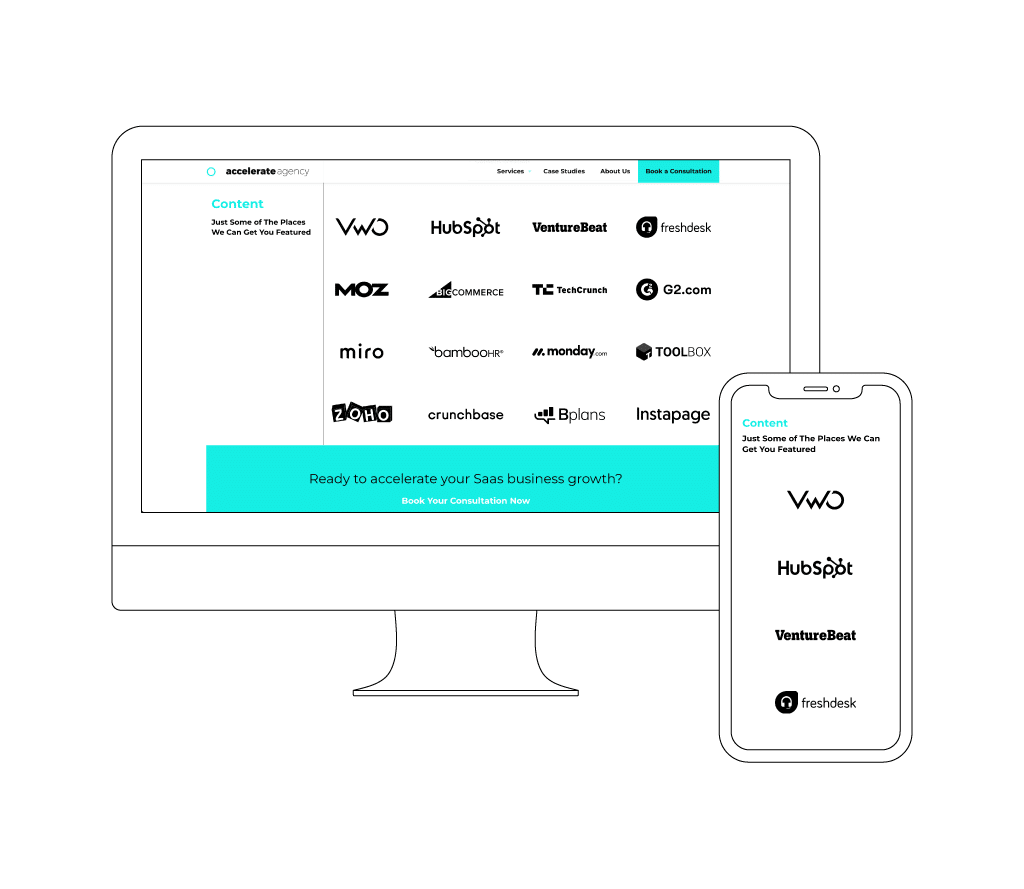
Use content marketing to promote your enterprise SaaS
Branching out into the enterprise market is not a walk in the park—it’s going to take some hard work on creating the right product and the right enterprise pricing strategy to appeal to high-end customers. But if you get it right, you’ll see an increase in revenue and plenty of opportunities for future growth.
Remember to price your enterprise SaaS based on the value it provides to your target customer, and keep your pricing strategy simple. But don’t leave the same pricing in place forever! Revisit and update it periodically and don’t be afraid to play with prices.
The other vital ingredient for customer success is smart marketing. According to a recent report, 70% of marketers are actively investing in content marketing, and you should follow their example—ask accelerate agency how they help enterprise companies increase their ROI by 20% month on month.

